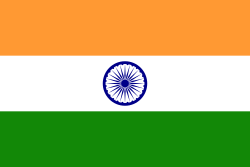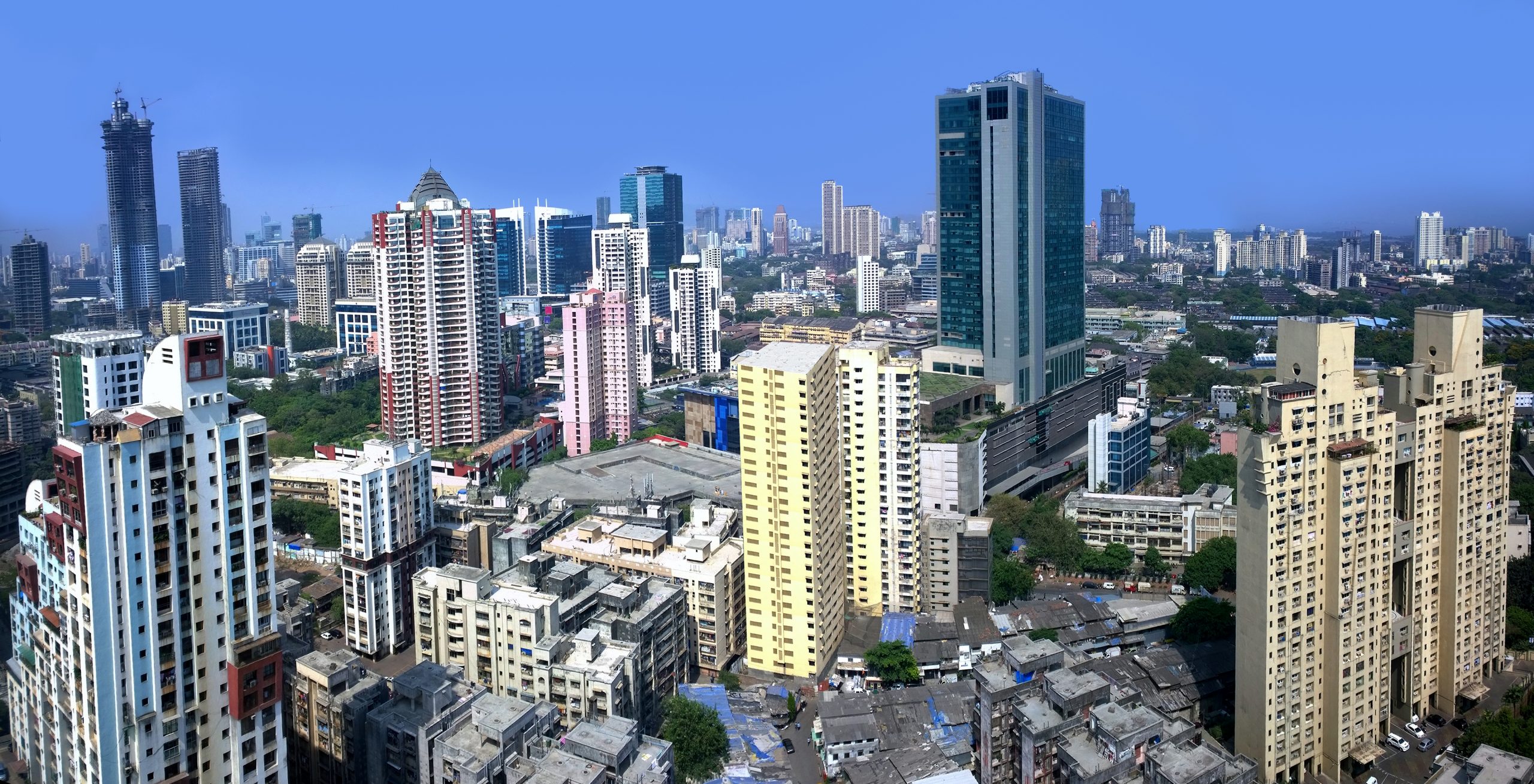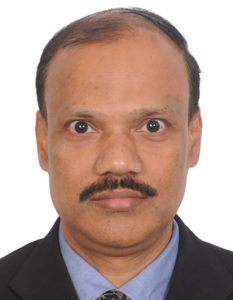Regulatory
Under the Ministry of Health and Family Welfare, Govt. of India, the Central Drugs Standard Control Organization (CDSCO), headquartered in New Delhi, is the National Regulatory Authority in India. The Drugs Controller General of India (DCGI), an official of the CDSCO, is the final regulatory authority for the approval of clinical trials in the country. The Indian regulatory framework allows concurrent submission of applications for regulatory and institutional ethics committee (IEC) approval. Clinical trials for a new drug can only be initiated after DCGI has granted permission, and the approval has been obtained from the registered Institutional ethics committee of the site.
A single regulatory dossier is prepared containing application for permission to undertake clinical trials, for importation of new drugs (Test License) and to export blood samples (Export License) in the prescribed formats. The regulatory dossier is uploaded through Sugam, an e-Governance system under CDSCO for online submission of CTA and obtaining no objection certificates (NOC), Licenses and approvals. After online submission, Subject Expert Committee (SEC) reviews clinical trial application. If SEC reviews and accepts the application without any query, DCGI issues NOCs for the conduct clinical trial. This process takes 12-16 weeks in total.
The Clinical Trials Registry – India (CTRI), hosted at the ICMR’s National Institute of Medical Statistics, is a free and online public record system for registration of clinical trials launched in 2007. Initiated as a voluntary measure, since 15th June 2009, trial registration in the CTRI has been made mandatory by the DCGI.
Official links
https://cdsco.gov.in/opencms/opencms/en
http://icmr-nims.nic.in
www.ctri.nic.in




